Gardeners use fertilizer from potato peelings with pleasure. There are several reasons for this. They are available to everyone, since a fairly large volume of potato waste is collected during the winter. In addition, peelings are rich in vitamins, fats and mineral salts, starch and glucose. In terms of their composition, they are hardly inferior to certain mineral fertilizers. This natural product is harmless to health, unlike chemical fertilizers.
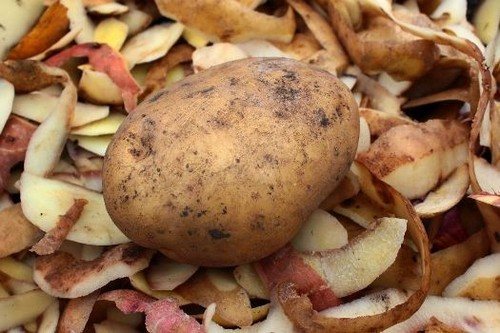
How to store potato peelings
To preserve potato waste until spring, they are dried or frozen.
- Drying. It is most convenient to dry the cleaning in an oven or on a hot radiator. Cooking time in the oven is 3–4 hours at a temperature not exceeding 100 °C. After this, the dried material is passed through a meat grinder or crushed in a blender. Then dry again. This product is stored in a canvas bag. When drying cleaning materials in the warm season, they are laid out on newspaper or cloth and placed in a warm, well-ventilated place. The process takes 7–10 days. It all depends on the thickness of the skins.
- Freezing. A freezer is unlikely to be suitable for this procedure due to its small capacity. At sub-zero temperatures outside the window, the skins are taken out onto a cold balcony, scattered in a thin layer and frozen. New cleanings that have appeared are added to the frozen product and the procedure is continued. As soon as the mercury stops at 0 °C, the skins are removed from the balcony so that the product does not begin to rot.
Before drying and freezing, the peelings are rinsed well under running water until no visible traces of dirt remain. Oven drying is a great option to get rid of pathogenic microbes.
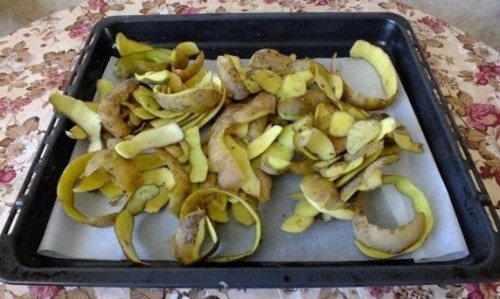
Attention! It is not recommended to defrost potato peelings and refreeze them.
Preparation of fertilizer
Potato peelings are used in different ways. Sometimes they are laid out on a plot of land and dug up along with the soil. Bacteria cope with the processing of skins, and the soil is saturated with useful substances.
But you shouldn’t scatter the cleaning around the area. Not only does the aesthetic appearance of the area deteriorate, but the skins will also attract rodents to the plantings.
This is not the only way to use potato peelings as fertilizer. The following supplements are prepared:
- Decoction. The material prepared over the winter is poured with boiling water and infused for several days. Water the plants at the root after straining the decoction.
- Nutrient mixture. Previously prepared cleanings are placed in a large container (barrel) and filled with hot water. The composition is kept for several days with constant stirring. The resulting slurry is used to increase soil fertility.
- Flour. The finished peelings are ground into powder, which is sprinkled on the ground around the plantings.
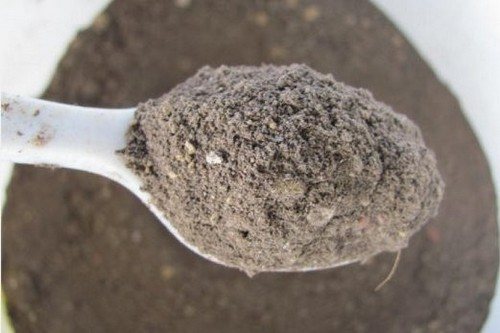
Ways to use peelings as fertilizer
Feeding pumpkin and cabbage vegetables
When planting seedlings of cucumbers, pumpkins, zucchini, squash, watermelons, melons, and cabbage in open ground, a nutrient mixture in the form of gruel is used. It is placed at the bottom of the hole and sprinkled with soil. Then spread another portion of gruel and earth.Only after these preparations are the sprouts placed in the hole and the roots covered with soil.
Fertilizing vegetables of the onion family and root vegetables
Onions, garlic, radishes, radishes are watered with infusion every 2 weeks, starting from the end of May. The best watering option is to pour the broth into the furrow between the rows. If the infusion turns out to be thick, remove the nozzle from the watering can.
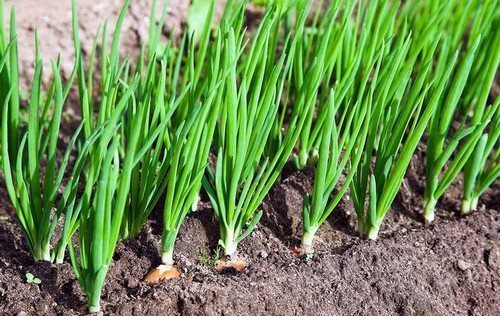
Fruit trees
There are two feeding options:
- Dried peelings are buried in the ground at a distance of 0.5-1 m from the trunk.
- Flour is sprinkled around the trunk in a circle with a radius of 0.5-1 m. Then the soil is loosened. The amount of flour per tree is 0.7-1 kg.
Methods for feeding flowers and perennial shrubs
The crops are watered with a decoction of potato skins. In autumn and spring, perennial flowers and shrubs are fertilized with flour from peelings.
Feeding berry plants
Raspberries, strawberries, and currants respond well to potato peelings. Currants are especially happy with the starch obtained from the soil after fertilizing.
Raspberries
The bushes are fertilized with flour from peelings. It is introduced into the root zone and the soil is loosened. For irrigation, decoctions from fresh material are used at the rate of 5 liters per seat.
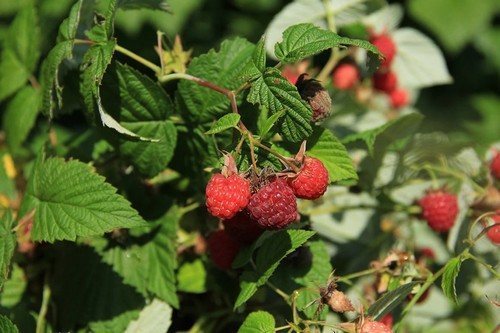
Strawberry
Spring feeding consists of 1-2 handfuls of potato peeling flour. Dried skins also serve as mulching material.
Currant
Currants of any kind are positive for peeling, but black ones stand out especially. The effect of peeling affects the size of the fruit and its sweetness.
Dried skins are moistened with water and buried in the root zone to a depth of 15-20 cm.The procedure is repeated twice a year. In addition, every two weeks the bushes are watered with a decoction of potato skins.
Fertilizers for indoor plants
Once every month and a half, water the plants with infusion of potato skins. Sometimes they practice watering with water remaining after boiling jacket potatoes. In this case, the growth of the green mass of the flower improves.
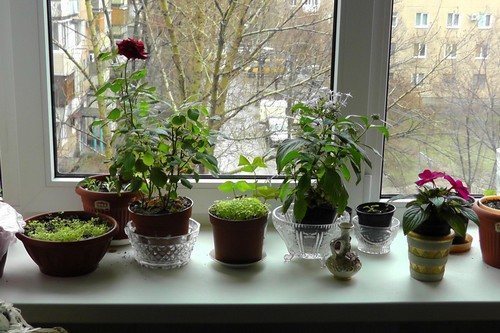
Important! Do not bury fresh skins in the soil where the houseplant has settled. Possible rotting of cleaning materials, unpleasant odor and midges. This does not apply to plants, which only benefit from such organic matter.
What plants are not suitable for potato peelings?
As practice shows, among the family of nightshade crops there are representatives for which skins will not be used. Such plants include tomatoes, peppers, eggplants and other crops. They are associated with common diseases with potatoes. And there is no certainty that there will be no pathogenic bacteria left on the skins, even after such serious processing.
For pest control
To attract pests, the skins are laid out on a plot of land. The Colorado potato beetle, slugs, and wireworms get close to the clearings and remain there until the morning. The baits are collected and destroyed along with the pests. If you pickle the skins, you won’t have to destroy them.
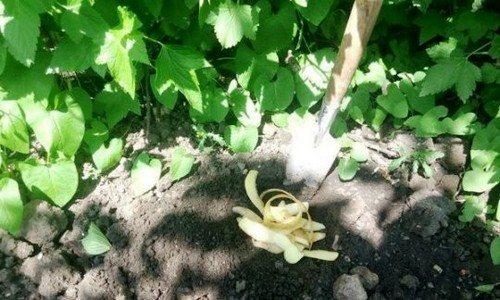
Potato peelings are an effective herbal remedy for feeding garden and vegetable crops. Waste stimulates growth and productivity. But not every plant is suitable for fertilizers made from potato skins. When carrying out work, serious attention is paid to this feature.


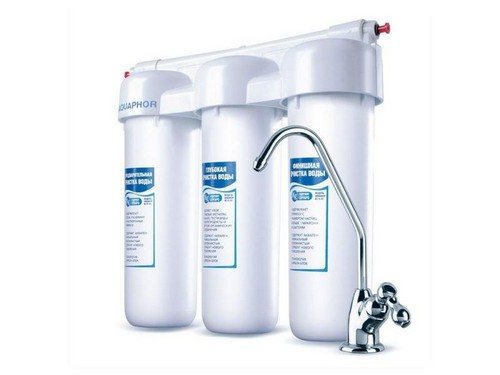
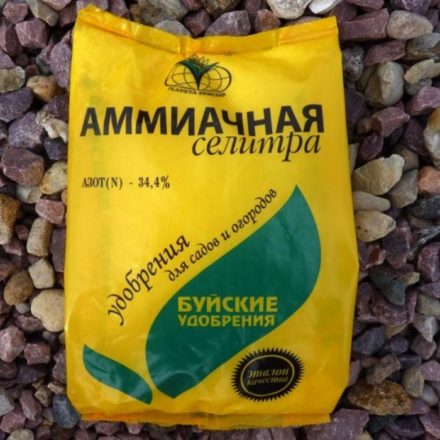
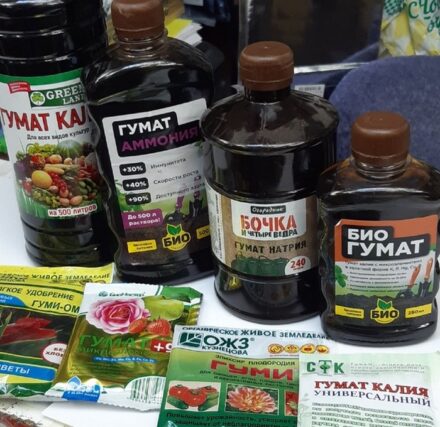
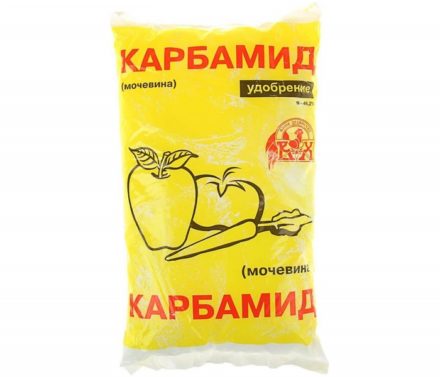
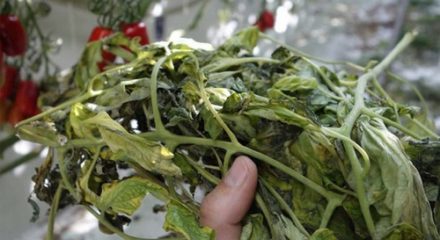
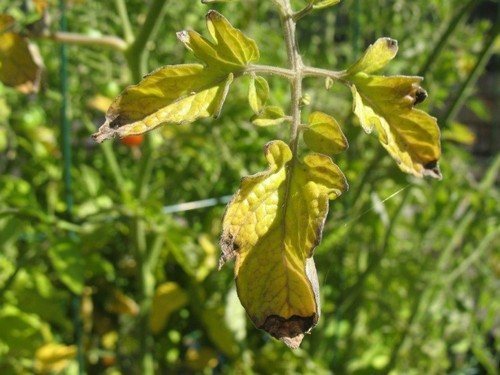
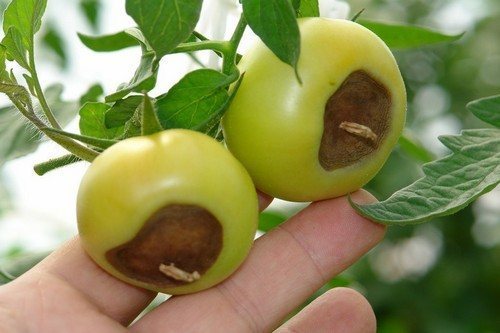
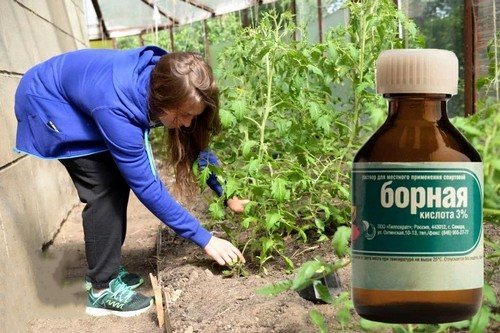
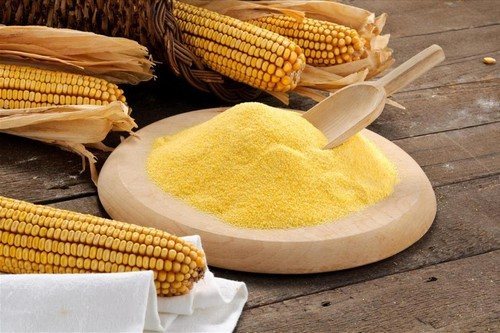
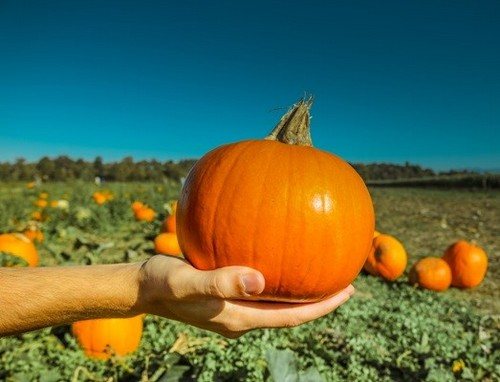

very useful article. Thank you
nonsense... it's someone who has nothing better to do...
good article there is something to choose from
Very useful article. Thank you.